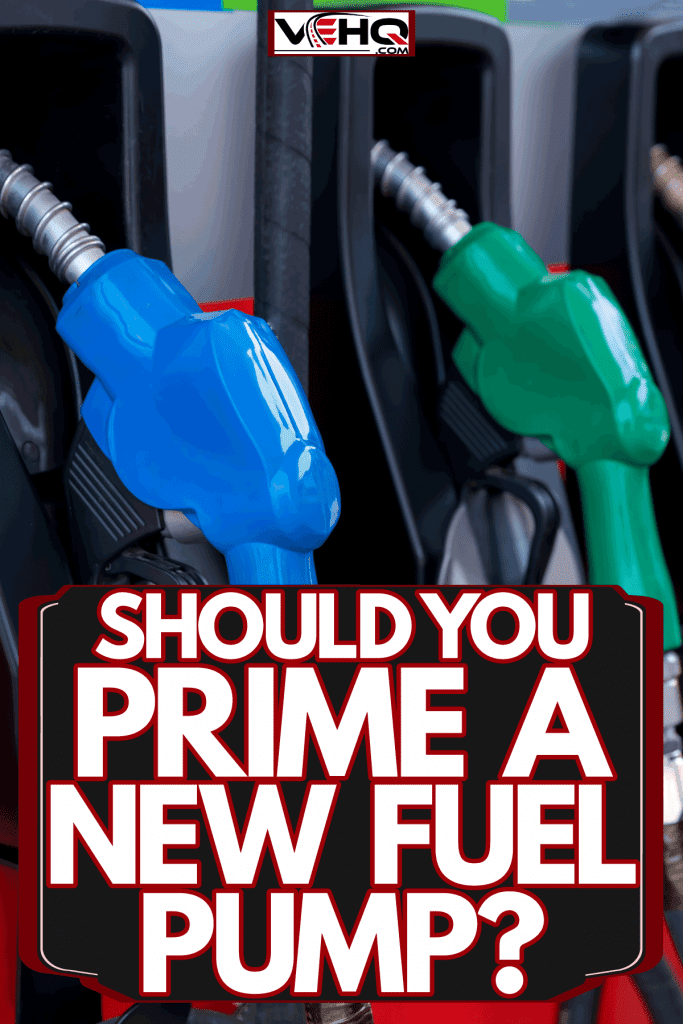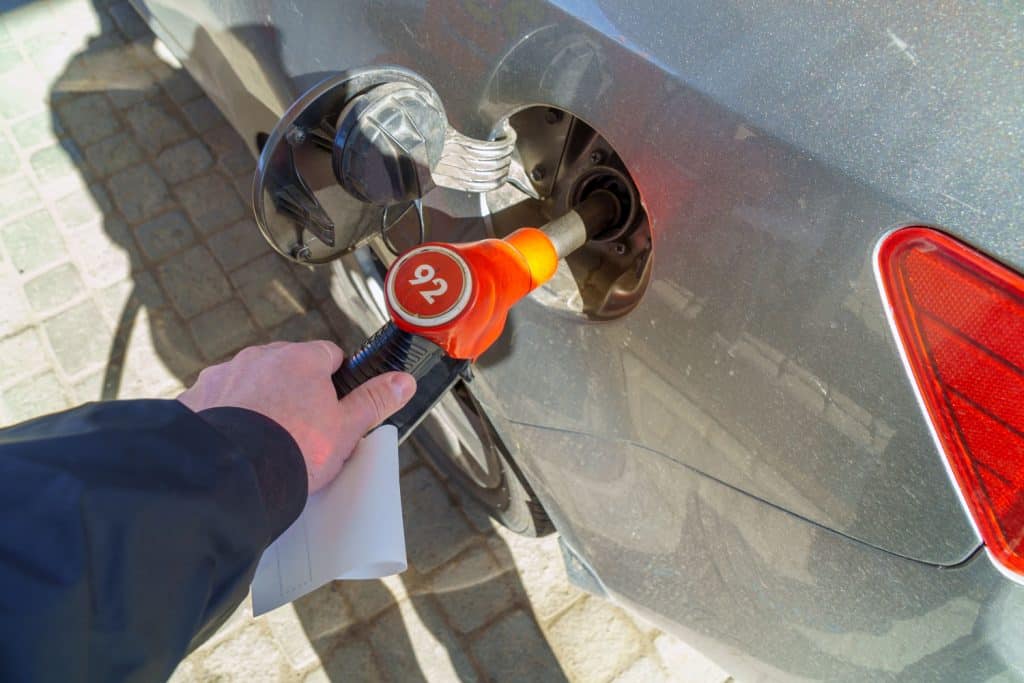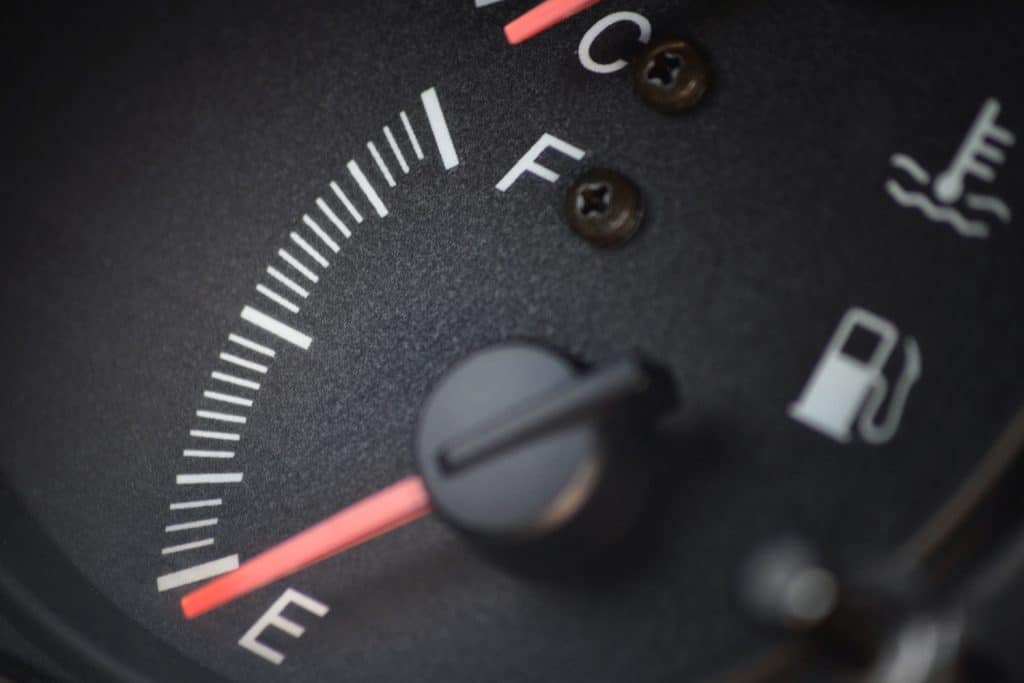Getting a new car part installed on your own for the first time can be a taxing experience. Many shade tree mechanics enjoy the challenging work but are sometimes uncertain about approaching certain repairs and maintenance tasks. There can be a lot of conflicting information out there on internet forums, which needs to be sorted before you attempt fixing something you've never tried before. If you install a new fuel pump, you might wonder if you'll need to prime it. We did the research to bring you the answer.
In most cases, you won't need to prime your fuel pump after installing a new one. Manual (non-electric) fuel pumps in older vehicles may need to be primed to get the flow of fuel started.
Now that we know you probably won't need to prime your new fuel pump after installing it, we'll look at how to prime both manual and electric fuel pumps, as well as the situations where you might need to prime them. You might also be curious about the signs of a bad fuel pump or how you can properly test your fuel pump. Can you drive with a bad fuel pump? When exactly should I prime it? For the answers to these questions and more, read ahead in this post to see what our research has uncovered.

Priming an electric fuel pump
There are two ways to prime the electric fuel pump in your vehicle. The first method is very simple and can be done by anyone who knows how to turn a car key.
Turn the Vehicle's Ignition Key
Put the key into the ignition, and turn it to the "on" position, leaving it there for ten seconds. Switch back to "off." Repeat this two more times. This will prime your fuel pump.
Access the Fuel Pump Primer Switch
The second method involves getting access to the fuel pump itself. This is a complicated process, as sometimes the pump is located within the fuel tank.
If you're up for the task, you can complete this priming method by following these steps:
- Locate the fuel pump. Depending on your vehicle, it could be under the rear seats, or inside the fuel tank.
- Find the primer switch on the fuel pump. Turn the primer switch to "on" several times, but be sure to not leave it in this position.
- Clean up any spilled fuel, and start your engine.
Priming a manual fuel pump
This type of fuel pump can be a little more tricky than its electric counterpart. Thankfully, your car probably doesn't have this type of pump, as modern vehicles have fuel-injected engines with electric fuel pumps.
But if you have an older model car with a carburetor, this will help you determine how to prime the fuel pump properly.
- Open your hood and locate the fuel pump. It will be somewhere between the fuel tank and the fuel filter.
- Find the pipe that connects the carburetor with the fuel pump. Detach it. Have rags ready at the end of the fuel line (now exposed) to catch any fuel that might leak out.
- You can still put a little air pressure in the fuel tank to force the fuel up to the pump.
- Using an approved starting fluid, squirt a three-second burst into the carburetor. Have a partner turn the ignition key and start up the car. It will turn over and stay on for a few seconds before it dies on its own.
- Repeat step four until you observe fuel wetting the rag that you placed at the end of the fuel line.
- Reconnect your fuel line to the carburetor.
When should I prime my fuel pump?
You should prime the fuel pump whenever you have bled the fuel out of the fuel line. In the case of electric fuel pumps, they are mostly built with a built-in primer, so you wouldn't even need to bother with it.
But if you are in possession of an older model vehicle, you may need to prime the manual fuel pump after installing a new one.
A vehicle with a carburetor might need to have the fuel pump primed if it has sat too long between starts. This is especially true if the vehicle has sat in colder weather.
Priming your fuel pump is something that someone mechanically inclined can do without any issue.
But don't attempt this or any other repair or maintenance item unless you are reasonably comfortable with your ability. For those that are not, seek out a licensed mechanic.
What are the signs of a bad fuel pump?

Some parts of your car will show no signs of nearing the end of their useful life. Thankfully, the fuel pump inside your car has some pretty telltale signs typically shown prior to total fuel pump failure.
We'll discuss seven of the most common signs that you have a failing fuel pump, below.
Whining noise from fuel tank
Fuel pumps that are beginning to fail in a certain way make noticeable noises. If you should hear a whirring sound upon startup, or if you hear something whine and howl from the tank, it's most likely the fuel pump on its last legs. Get it checked out as soon as possible.
Trouble getting the engine to turn over
If you are experiencing issues trying to get your vehicle's engine to turn over, a failing fuel pump might be the culprit.
An engine needs the right amount of power and fuel to start up. If it's not turning over right away, the issue is almost always the battery or the fuel pump.
Sputtering engine
Your engine not getting the steady flow of fuel it needs to run will make it sputter. An engine will sputter when the fuel tank is empty or when the fuel pump is malfunctioning.
Stalling in the heat
If the temperature of the vehicle is hot, a failing fuel pump motor won't work properly. So if your car is stalling a lot on hot days, get your fuel pump checked out as soon as possible.
Noticeably poor fuel economy

A failing fuel pump can also impact your miles per gallon. If you notice a drop in your fuel economy, especially if it accompanies other symptoms we've listed here, it's very likely time to get your fuel pump replaced.
Poor performance under stress
You might notice that your vehicle is straining when going up a hill or carrying a heavier load. This is a sign of fuel pump failure. When it can't rely on gravity, more fuel is required to propel your vehicle forward.
A faulty fuel pump might not be able to accommodate the extra fuel that is needed, making your vehicle act sluggish under stress.
Engine surging
A failing fuel pump will sometimes cause your car to surge. This will feel like someone is pressing hard on the accelerator.
Car won't start at all
There can be a lot of reasons why your vehicle won't start, and a bad fuel pump is one of them. If it has totally failed, you won't be able to get the needed fuel pumped to the engine to start it up.
This means the end of the road for the fuel pump. You'll have to get it immediately replaced.
How can I test my fuel pump?
There are a variety of methods in which you can test a fuel pump to determine if it is faulty or not.
Doing so on your own isn't recommended unless you have all of the proper tools, a safe and level place to work on your vehicle, and a reasonable amount of self-assurance that you won't injure yourself or damage your vehicle.
We recommend taking your vehicle in to have the fuel pump checked out at a dealership or at a trusted local mechanic.
But for those of you who are confident in your abilities, here is a step-by-step tutorial on one of the most common methods of testing a fuel pump:
Can you drive with a bad fuel pump?
A failing fuel pump will still allow your vehicle to start and run. But keep in mind that if it is beginning to fail, it won't be long until the pump quits working altogether.
The faulty fuel pump will also impact your car's performance, such as decreasing the fuel economy and making the engine surge unexpectedly.
In closing
If you found this post on fuel pumps to be informative, we believe that you'll enjoy reading the following automotive posts:
How Hot Does A Combustion Chamber Get In A Vehicle? [The Answer Might Surprise You!]
5 Engine Oil Treatment Benefits Every Car Owner Should Know
Air Conditioner Only Works When Driving – What Could Be Wrong?
